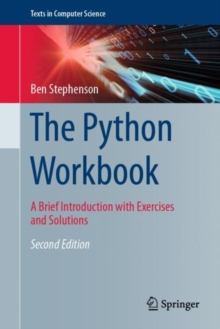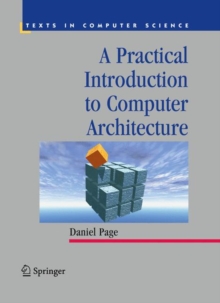
An Introduction to Kolmogorov Complexity and Its Applications PDF
by Ming Li, Paul Vitanyi
Part of the Texts in Computer Science series
Description
This must-read textbook presents an essential introduction to Kolmogorov complexity (KC), a central theory and powerful tool in information science that deals with the quantity of information in individual objects. The text covers both the fundamental concepts and the most important practical applications, supported by a wealth of didactic features.
This thoroughly revised and enhanced fourth edition includes new and updated material on, amongst other topics, the Miller-Yu theorem, the Gacs-Kucera theorem, the Day-Gacs theorem, increasing randomness, short lists computable from an input string containing the incomputable Kolmogorov complexity of the input, the Lovasz local lemma, sorting, the algorithmic full Slepian-Wolf theorem for individual strings, multiset normalized information distance and normalized web distance, and conditional universal distribution.
Information
-
Download - Immediately Available
- Format:PDF
- Publisher:Springer International Publishing
- Publication Date:11/06/2019
- Category:
- ISBN:9783030112981
Other Formats
- Hardback from £61.95
- PDF from £55.24
- Paperback / softback from £49.99
Information
-
Download - Immediately Available
- Format:PDF
- Publisher:Springer International Publishing
- Publication Date:11/06/2019
- Category:
- ISBN:9783030112981










